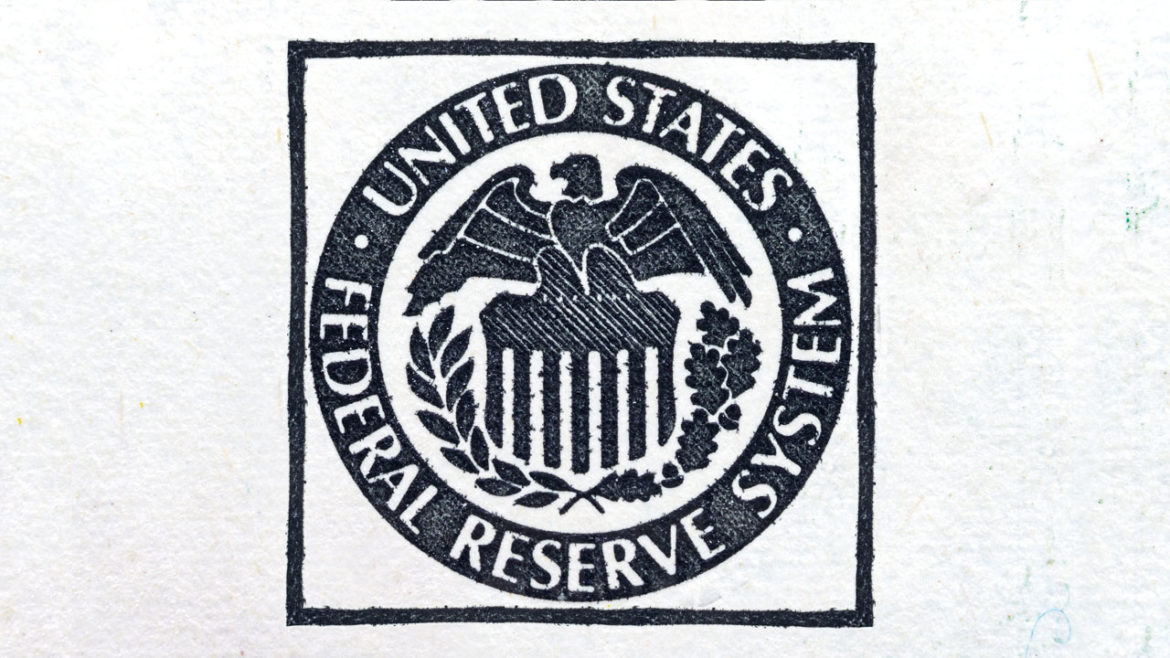Gold has all the potential to go unprecedentedly high. But silver will be gold on
Site:
Precious metals news
Stubbornly high inflation across more wealthy economies last week prompted a shakeout in bond markets as investors began expecting policy makers to quickly tighten monetary policy.
Investors are raising the stakes for emerging-market central banks, rewarding those doing the most to prevent inflation from becoming more than transitory.
Trade deficits used to be an important market mover. In fact, many blame the 1987 stock market crash on a much worse than expected trade deficit. That led to weak dollar and bond markets that bled over into the stock market. But today, traders mostly ignore the trade deficit. In fact, the US trade deficit set another record in September and the markets didn't blink. Peter Schiff talked about it in his podcast.
Please note: the COTs report was published 10/29/2021 for the period ending 10/26/2021. “Managed Money” and “Hedge Funds” are used interchangeably.The Commitment of Traders analysis last month highlighted the potential over-extension of the shorts leading to a rebound. This proved to be the case in a big way. As the data below shows, Hedge Funds closed shorts and went long in October. Unfortunately, the momentum lost steam and the $1810s presented too much resistance. As discussed last week, $1800 was a critical line that had to be held to keep the momentum moving. A failed attempt early this week showed there was still selling pressure in the market. It opened a trap door for the bears to show up on Friday. No doubt, the COTs report next week will show positions unwound from what is presented below.
This analysis focuses on gold and silver physical delivery on the Comex. See the article What is the Comex for more detail.As reported last week, Comex delivery activity was looking very quiet in both gold and silver. The results for November are very weak. That being said, October and November are historically slow months, so the real test will come in December.
 METALS, MARKETS & ENERGY UPDATE OCT 31st: More Disruptions In The Global Energy System & Market
METALS, MARKETS & ENERGY UPDATE OCT 31st: More Disruptions In The Global Energy System & MarketOctober 31, 2021
The world continues to suffer from more disruption in the global energy system and markets. In this new Metals, Market & Energy Update, I show what's happening with the U.S. and global energy inventories. I also provide information on the Global Gold ETF market and how that is impacting the gold price...
 U.S. ELECTRICITY RATES SURGING: Americans Will Be Paying More For Electricity As Energy Price Spike Higher
U.S. ELECTRICITY RATES SURGING: Americans Will Be Paying More For Electricity As Energy Price Spike HigherOctober 30, 2021
Americans are now paying a lot more for electricity and this trend will likely continue in the years to come. Why? Unfortunately, the U.S. will continue to ramp up its "Green Energy" of wind and solar, thus making power generation even more expensive. If you then add rising energy prices on top of that...
 Triple-Whammy: Spiking Inflation, A Slowing Economy & Broken Supply Chains
Triple-Whammy: Spiking Inflation, A Slowing Economy & Broken Supply ChainsOct 29, 2021 - 14:24:46 PDT
Michael Every, Global Strategist at Rabobank, returns to the program to discuss the trap the world's central banks are in. Spiking inflation resulting from their stimulus policies is colliding with slowing economic growth. Their choice at this point is to impoverish the public through rising costs (and eventually so kill the economy) by continuing to stimulate, or plunge the debt-burdened economy direction into recession or depression by tightening.
Oct 29, 2021 - 13:14:33 PDT
The use of silver in electronics and electrical applications (excluding photovoltaics) is forecast to rise from 224 million ounces (Moz) in 2020 to 246 Moz in 2025, re ecting a 10 percent increase, and underscoring silver’s role in emerging technologies, according to a recent report published by the Silver Institute.
Oct 29, 2021 - 13:03:01 PDT
China's gold consumption surged 48.44 percent year-on-year to 813.59 tons during the first three quarters as macroeconomic policies supported demand, an industry report showed on Thursday.
The Venezuelan government recently lopped off six zeros from its hyperinflating currency, the bolivar. The highest denomination currency note of 1 million bolivars, worth less than $0.25, was replaced by a one-bolivar note.
Incomes declined in September. Here's a breakdown of what's going on.
Since the pandemic started, we have seen major imbalances to supply and demand in the global markets. Supply chain disruptions due to lockdowns and other regulations, restrictions in travel, trade and businesses shutting down while at the same time we saw a negative demand shock in air travel industries, restaurants, tourism, movie theaters, etc.
It seems supporters of the Biden Administration finally settled on a narrative they like for explaining away supply chain shortages.
Normally, this chart would be a cause for celebration in the euro area; the European Central Bank’s preferred gauge for inflation expectations is at long last above the level it had dropped to when then-ECB President Mario Draghi delivered his 2014 Jackson Hole speech -- the one that helped open the door for quantitative easing in the region.
The deal sets a record in the state of California, and it is the second-highest priced home sold in the U.S., following billionaire Ken Griffin’s roughly $238 million purchase of a New York City penthouse in 2019.
The Fed balance sheet stands at $8.56T, up $108B from the prior month-end, but down in the past week by $8.7B. The chart below shows how the Fed Balance sheet has grown by instrument over the last 18 months.The Fed autopilot buying targets about $120B in monthly purchases split by $40B in MBS and $80B in US Treasuries. As the numbers show, this is not exact, but an approximation. The latest month added $33B in MBS and almost $82B in Treasuries, offset by “Other” dropping $7B.
Mobius Capital Partners founder Mark Mobius joined "Mornings with Maria," Friday, and provided insight into inflation and the supply chain crisis, arguing that prices will go up "dramatically."
Oct 29, 2021 - 09:06:50 PDT
The data comes from the Dallas Fed’s monthly survey of Texas manufacturers. Comments from manufacturers pinned the blame for higher prices on the Biden administration’s fiscal policy.
 The ECB Loses Control Of The Front-End As Inflation Comes In Scorching Hot
The ECB Loses Control Of The Front-End As Inflation Comes In Scorching HotOct 29, 2021 - 09:04:54 PDT
For years, the ECB would kill for prices to turn higher and reach, if not surpass, its inflation target of 2.0%. And let's not even talk about economic growth: ever since the global financial crisis, it seemed as if the old continent is stuck in a slow, miserable debt trap whose eventual outcome is the economic disaster that is Japan.























